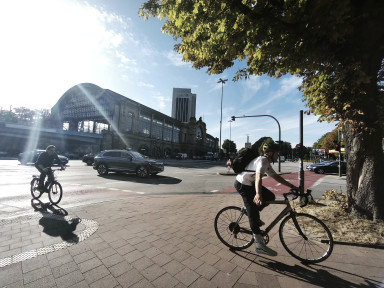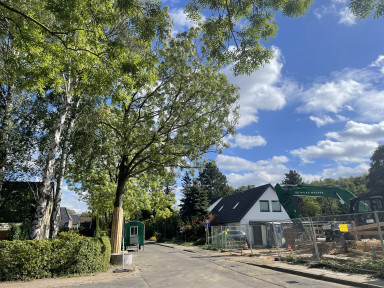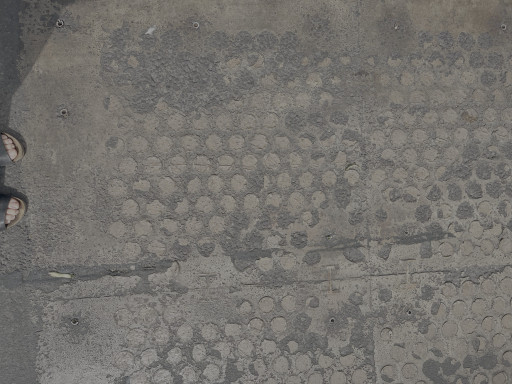Visions for the future
Investigating transformative urban mobility futures through participatory processes in sustainable urban mobility plans (SUMPs)
Urban mobility planning increasingly relies on visions of the future to guide transformation. In the EU context, sustainable urban mobility plans (SUMPs) provide the central framework for this task, requiring cities to develop long-term mobility visions and translate them into present-day strategies through participation. However, these visions are neither neutral nor automatically transformative.1
SUMPs emphasize inclusive engagement in which citizens, stakeholders, and planners co-produce visions, scenarios, and goals. In practice, however, participation varies widely, and power asymmetries, institutional constraints, and ambiguous definitions of ‘transformation’ often limit the potential to produce genuinely transformative futures.2
While visions are forward-looking, they often mirror present-day values and norms, contributing to slow, incremental transitions rather than systemic transformation.3 How imagined futures intervene in the present by shaping norms, values, and decisions remains underexplored. Therefore, my research investigates how future urban mobility is envisioned within SUMPs, with particular focus on the participatory processes, actors, and sociotechnical imaginaries that shape the construction of mobility futures in European cities.
- sustainable urban mobility
- participation
- urban futures
- transformation
- visions
Context
Urban mobility is central to climate action, with transport contributing a significant share of greenhouse gas emissions.4 SUMPs were introduced by the EU in 2013 to shift planning from car-centric systems towards multimodal, people-centered mobility.5 Despite formal integration of visioning and participation, actual implementation often reproduces existing mobility regimes, reflecting prevailing institutional logics and planning cultures.6
Visions therefore carry sociotechnical imaginaries, representing collective understandings of mobility futures that shape what is considered possible or legitimate.7 Participation is intended to foster legitimacy, reflexivity, and creativity,8 yet expert-driven structures and path dependencies often determine whose visions prevail and which futures become actionable.9 Understanding SUMPs as arenas where futures are enacted in the present allows for examination of how visions, participation, and planners’ strategies interact to shape urban mobility pathways.
Aims
My research investigates the extent to which public participation shapes transformative visions for future urban mobility in the context of SUMPs. It examines how participatory processes influence the construction of mobility visions, including the formats, the stakeholder composition, and the ways in which institutional structures mediate participation. I also analyse the normative meanings embedded in these visions, assessing whether they reinforce or challenge dominant mobility regimes. Furthermore, I explore planners’ transformative agency, focusing on how they navigate tensions between participatory input, institutional expectations, and sustainability objectives.
Research design
The project applies a qualitative, comparative case study design, viewing SUMPs as sociotechnical arenas where ‘visions of the future’ are performed in the present. The methodology unfolds in five phases:
Document analysis – Review SUMP guidelines (2013, 2019) and EU strategic outputs to identify how transformation is defined and operationalized.
Case selection – Hannover (Germany) selected as the primary ongoing case, complemented by other European cases chosen for innovative participatory practices, ambitious visioning, or comparability in governance and planning contexts.
Vision analysis – Thematic and visual analysis of vision statements, scenarios, maps, and goals to uncover normative meanings and alignment with transformative aspirations.
Participation study – Participant observation of workshops, online tools, and deliberative forums, along with the conducting of semi-structured interviews, to examine how citizens, stakeholders, and planners co-produce visions.
Planners as transformative agents – Interviews with planners, consultants, and facilitators to explore their role in mediating between institutional constraints, participatory input, and sustainability objectives.
Supervisors:




